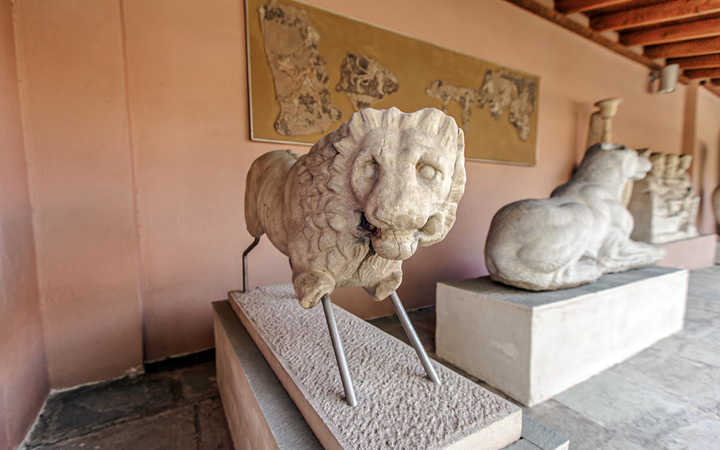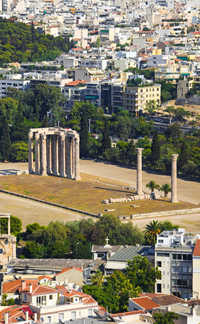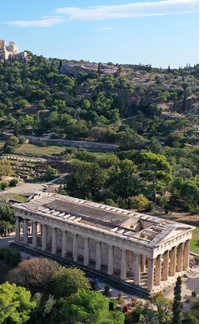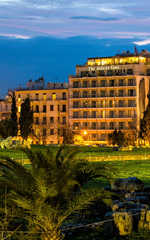Kerameikos Archaeological Museum is a hidden gem nestled within one of Athens’ most historically significant sites — the ancient cemetery of Kerameikos, which served as the final resting place for prominent Athenians from the 12th century BC to Roman times. Located inside a modest neoclassical building at the edge of the excavation site, the museum houses a remarkable collection of funerary artifacts excavated directly from the surrounding necropolis.
Among its most notable exhibits are the elaborate marble grave stelae from the 5th and 4th centuries BC, including the famous Stele of Hegeso, depicting a noblewoman examining a piece of jewelry handed to her by a servant — a moving image of everyday Athenian life captured in timeless stone. Visitors will also encounter finely crafted lekythoi (oil flasks) decorated with scenes of mourning and parting, used in burial rites.
The museum displays clay figurines, jewelry, bronze mirrors, and ceramic vessels that offer insight into the burial customs and beliefs about the afterlife in ancient Greece. One section is dedicated to the public funerals of war heroes, featuring urns and markers from the Demosion Sema, the official cemetery of the city’s fallen soldiers.
Surrounding the museum, the open-air site reveals the Sacred Gate and the Dipylon Gate, once the grand entrance to classical Athens, as well as a stretch of the Eridanos River, which flows through the cemetery. Visitors can walk along the Street of Tombs, lined with replicas of original grave monuments, and imagine the solemn processions that once passed through this sacred landscape.
Far less crowded than Athens’ larger museums, Kerameikos offers a peaceful yet profound glimpse into the civic, social, and spiritual dimensions of ancient Athenian life and death. It’s a must-visit for travelers looking to explore beyond the Acropolis and discover the quieter corners of Athens’ past.
Ерму 148, Афины


















